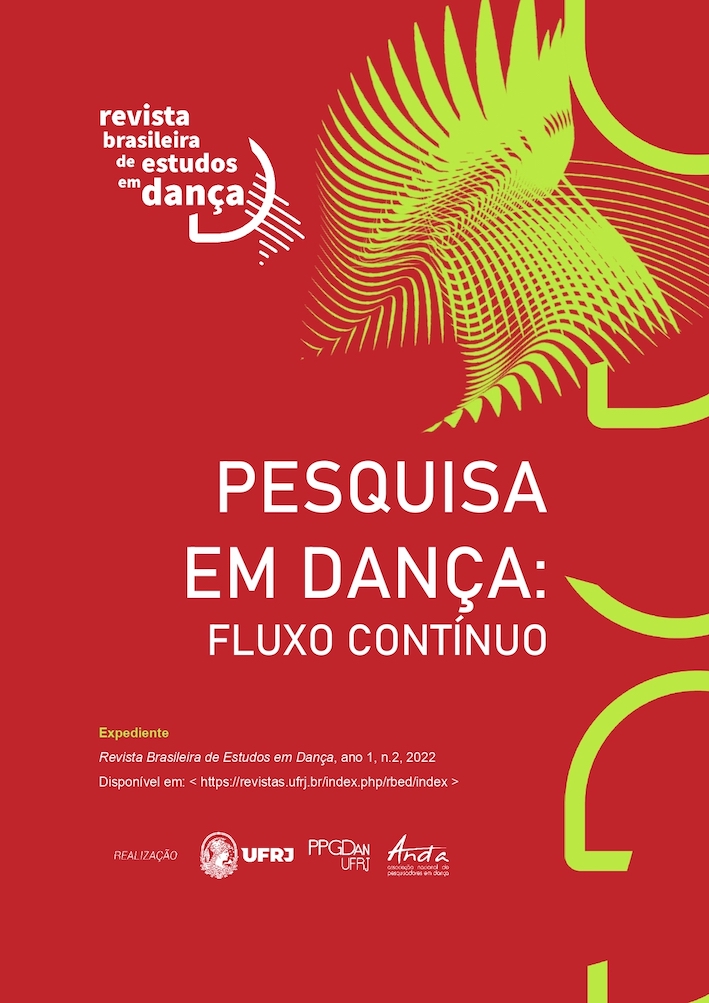This is an outdated version published on 2022-12-30. Read the most recent version.
Danças negras na terra da garoa: histórias aquilombadas.
DOI:
https://doi.org/10.58786/rbed.2022.v2.n2.55299Abstract
O trabalho apresenta a trajetória do sambista e artista Ednei Pedro Mariano, que atua em desfiles carnavalescos, desde o final da década de 1960. O aprendizado de suas danças de passista e mestre-sala deu-se nos cordões e escolas de samba, que Beatriz Nascimento afirma serem territórios transatlânticos que preservam e reúnem conhecimentos aquilombados. Mariano além de testemunha das transformações ocorridas é também protagonista dessas transformações. Como metodologia foi usada bibliografia especializada, observação de registros de desfiles carnavalescos em mídias digitais e entrevista com o artista. O artigo faz parte de pesquisa em andamento sobre as histórias das danças negras na cidade de São PauloDownloads
Published
2022-12-30
Versions
- 2023-11-30 (2)
- 2022-12-30 (1)
How to Cite
MANZINI, Yaskara Donizeti. Danças negras na terra da garoa: histórias aquilombadas. Brazilian Journal of Dance Research, [S. l.], v. 1, n. 2, p. 122–145, 2022. DOI: 10.58786/rbed.2022.v2.n2.55299. Disponível em: https://revistas.ufrj.br/index.php/rbed/article/view/55299. Acesso em: 24 nov. 2024.
Issue
Section
Artigos
License
Authors who publish in the Revista Brasileira de Estudos em Dança are
responsible for the content of signed articles and retain copyright.
They grant the journal the right of first publication with the work simultaneously
licensed under the Creative Commons Attribution-NonCommercial 4.0 License
(Open Archives Initiative - OAI). This feature, used for open-access journals,
allows sharing work for non-commercial purposes and acknowledges
authorship. If the text is later published in another vehicle, the author
must inform that it was initially published as an article in the Revista Brasileira
de Estudos em Dança. Therefore, even if the journal owns the first publication,
authors are entitled to publish their work in institutional repositories or on
their personal pages, even if the editorial process has not been completed.
The journal reserves the right to make normative, orthographic, and grammatical changes to maintain the language standard, respecting the authorial style.

